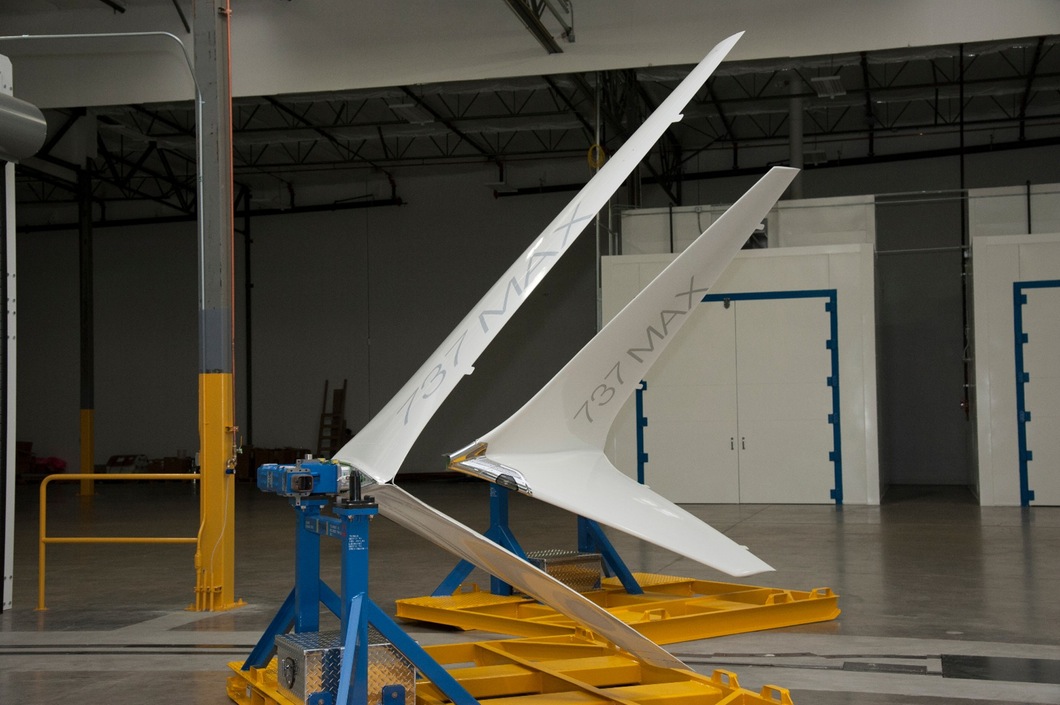The 737 MAX winglet is the latest develpment in the 'winglet war' going in between the Boeing and Airbus.
As it has been described how winglets work and its advantages, I will not go into those. Most of the wingtip devices in use today are there simply to reduce the effect of wingtip vortices i.e. they are more or less vertical to the wing.
For example, the 737-200 winglets produce little lift.

Source: .b737.org.uk
The same goes for 737-800 variants, which use blended winglets which do produce a little lift (redistributing the spanwwise loading).

"A Garuda Indonesia Winglets Boeing 737-800 NG" by FathirLeone - Own work. Licensed under CC BY-SA 3.0 via Wikimedia Commons.
And also the 737 NG 'Split Scimitar' wingtips (where do they get these names?).

This adds some weight to the aircraft. For example, the 737 winglet weighs arounf 180 lbs and the total structutal weight increase due to it is around 480 lbs. Obviously, the winglets more than compensate for this increase, that's why we see them used.
With modificaitons, the wintip devices can be used to produce lift and this is the path being taken today with new wingtip device designs, especially with the blended winglet. Boeing took this to the extreme in 787 raked wingtips, which is basically in the horizontal plane, which increased the actual aspect ratio of the wing.

Source: malaysianwings.com
Another idea is to use them to generate lift by changing their angle of installation. This makes the 737 MAX winglet somewhere in between the legacy 737 and 787 winglets. The 737 MAX Advanced Technilogt (AT) winglet has two parts:
- An upper part which is at an angle, resulting in some lift being produced.
- A lower strake.
The idea is that the winglets also produce some lift in addition to drag reduction. According to Boeing,
The AT winglet further redistributes the spanwise loading, increasing the effective span of the wing. The AT winglet balances the effective span increase uniquely between the upper and lower parts and therefore generates more lift and reduces drag. This makes the system more efficient without adding more weight.
The AT winglets distribute spanwise loading like this:

Source: b737.org.uk
Note: the first one is the baseline aircraft with no winglet. The second one has the 'blended' winglet, while the third one gives the AT winglet. As can be seen above, some of the lift is generated by the winglets itself.






